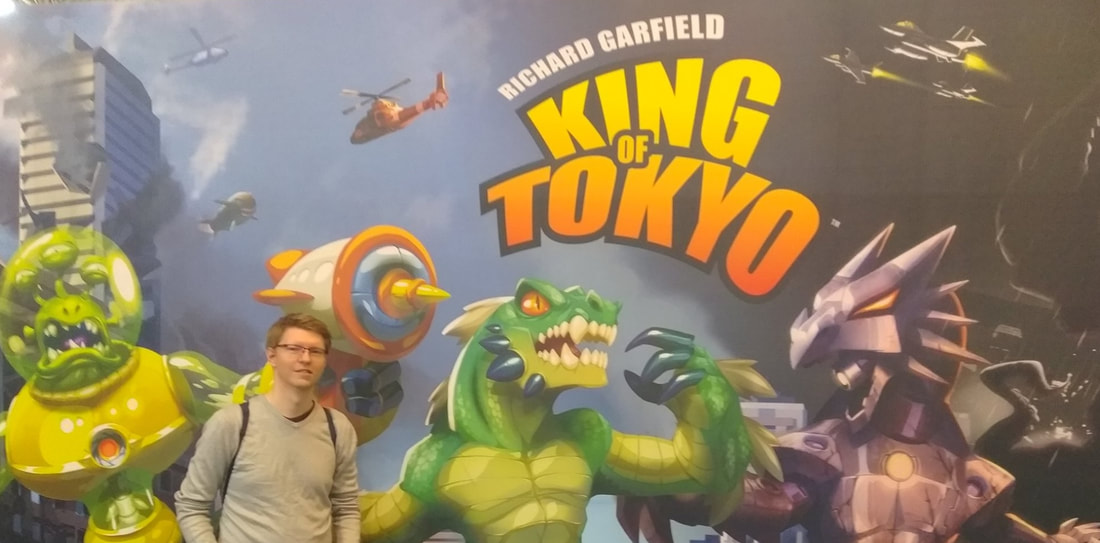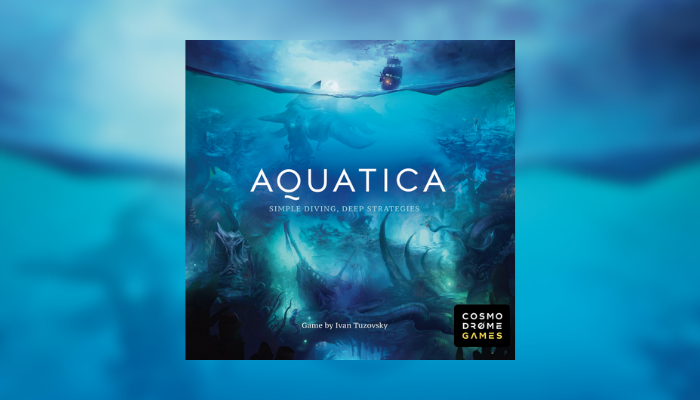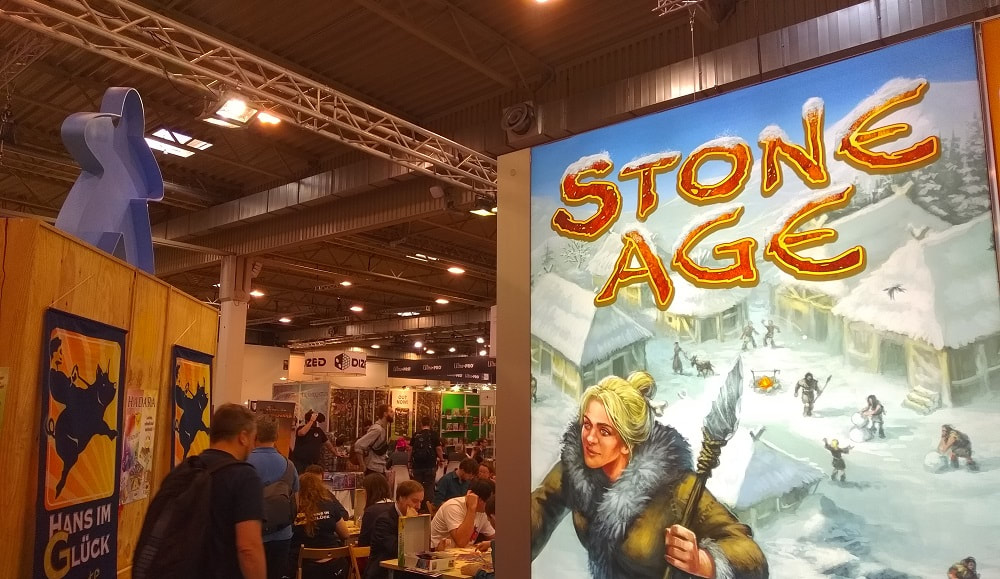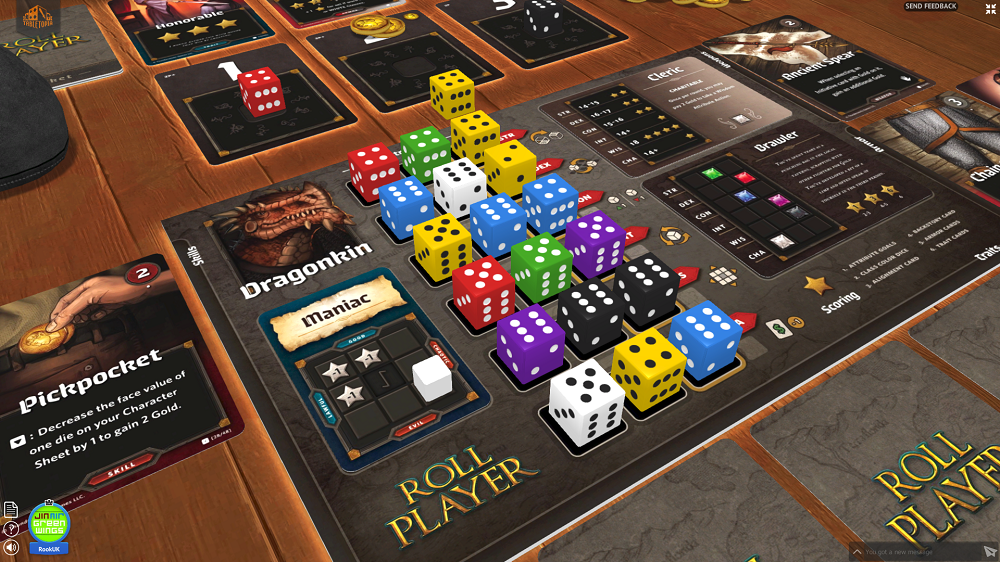|
For many boardgamers, King of Tokyo needs no introduction. Richard Garfield’s monster-themed dice rolling game first appeared in 2011, hopped up on gamma radiation and spoiling for a fight. Since then, everything done to try to stop its rampage has only made it stronger. Now, King of Tokyo towers over lesser gateway games, roaring in triumph as it continues to secure new fans. Like the special effects in a Godzilla movie, it’s not particularly sophisticated but it never fails to get the job done.
As the boardgame boom continues, many thousands of new games have been released even since the second edition of King of Tokyo hit the shelves in 2016. However, the game continues to hold a special appeal. Refreshed by a number of expansions and the continual influx of new converts to the gaming hobby - for whom the game serves as an ideal introduction - its reign goes on. But what are the special ingredients that help this humble dice game mutate into such a resilient beast?
0 Comments
Launched at Essen SPIEL 2019, Aquatica is a game designed by Ivan Tuzovsky and published by Russian company Cosmodrome Games. In the game, which supports up to four people, each player possesses their own underwater kingdom and seeks to become the most prosperous monarch of all.
The game is card-driven, but Aquatica isn't a deck builder - rather, it's a hand-builder, familiar to those who have played Concordia. The goals each player is attempting to complete mostly revolve around conquering or buying access to location cards, which are found in a shared pool on the main board. To do this, they use a hand of character cards which they gradually improve over the course of the game - playing just one character per turn. SPIEL is the world's biggest boardgame fair. Specifically, it's 86,000 square metres in size, spread out over six halls of the Messe exhibition centre in Essen, Germany. This year, when I visited for the first time with friends from Witney Board Gamers, there were 209,000 recorded entries; 19,000 more than in 2018. It's clear to anyone paying attention that boardgames are growing rapidly as a hobby, with gaming groups and cafés popping up all over. The sheer size and popularity of SPIEL is even stronger evidence of this trend; the global boardgames market was already estimated to be worth $4.6 billion by 2018.
While SPIEL - or "Essen" as it's often called - is the most important boardgames event in the world, it also fills a relatively specific niche. It is first and foremost a trade fair, and so it isn't so much playing games that is emphasises, but buying and selling them. The strong retail focus is clear as soon as you arrive; seasoned visitors are already dragging trolleys piled high with the latest releases and older games at bargain prices. Publishers are not only selling games to the public, but also holding meetings with designers and distributors behind the scenes. For that reason, booths often have their own hidden meeting rooms and business suits are as common attire at SPIEL as cosplay. Tabletopia is a simulated boardgame system, playable solo or multiplayer through a browser or via Steam. With over 500 games currently playable, it's a great way to try out games which aren't yet released, aren't readily available, or are costly. There are occasional glitches but's well worth checking out not least because most of the games are free. So far, the best game I've tried is the innovative Roll Player, designed by Keith Matejka and published by Wisconsin-based Thunderworks Games. It's a dice puzzle game for 1 to 5 players which is closely based on the character creation process in RPGs like Dungeons & Dragons - and while that might not sound fun, Matejka has done an incredible job. |
About
I write about classic science fiction and occasionally fantasy; I sometimes make maps for Doom II; and I'm a contributor to the videogames site Entertainium, where I regularly review new games. Categories
All
|



